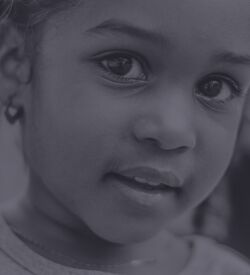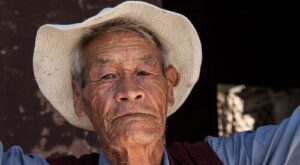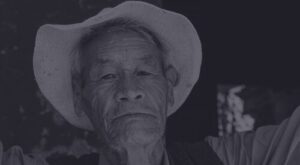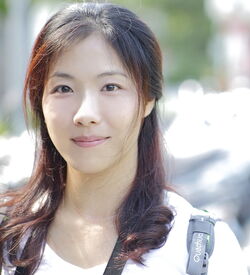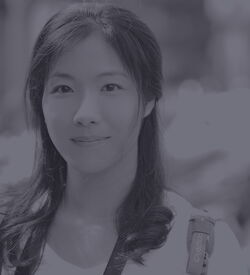The Science of Human Connection
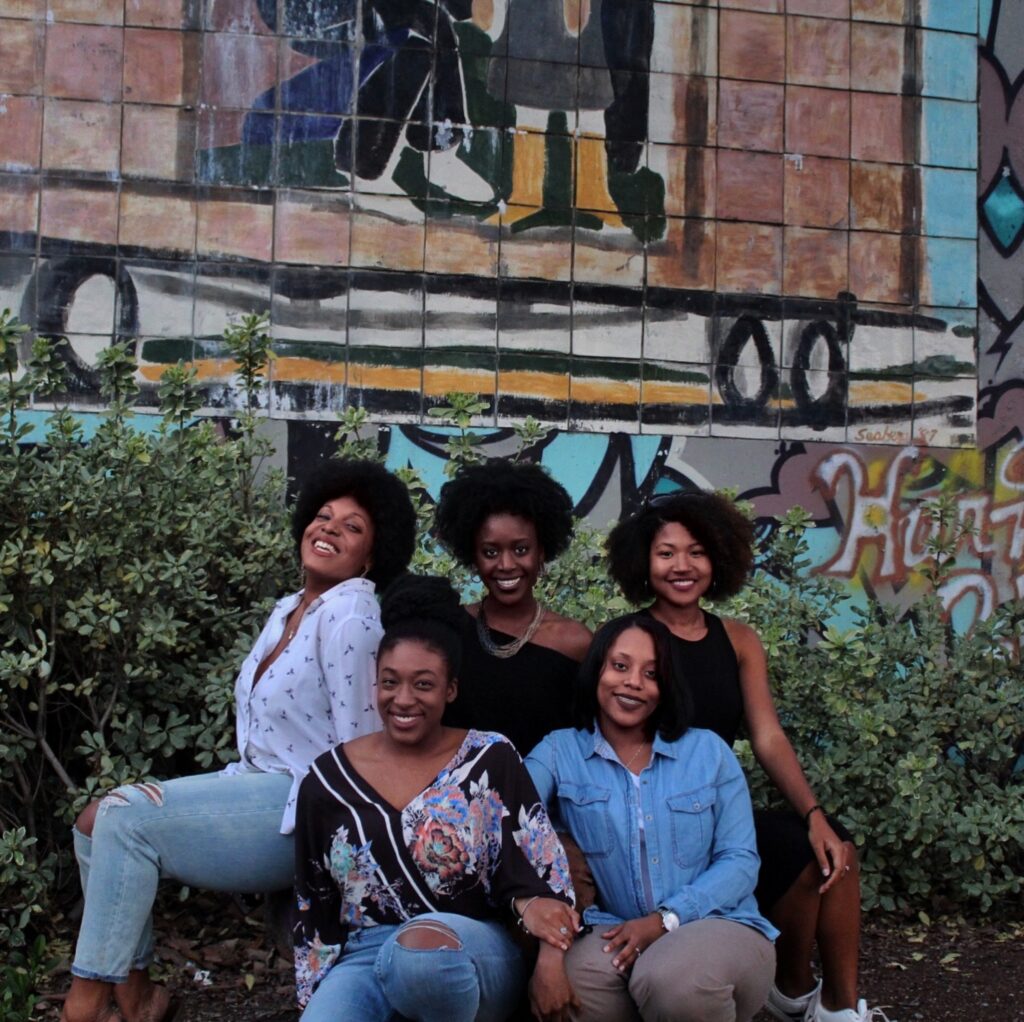
What is the science of human connection?
At the beginning of the 21st century, we are beset by a crisis of connection. People are increasingly disconnected from themselves, each other, and the world around them, with alienation, isolation, and fragmentation now common across and within communities. The quintessential “we,” as in “we, the people,” that once served as our collective ambition continues to dissolve. In its place, we have been left with the “me,” the solitary individual, whose needs, wants, and desires take precedent over the collective.
When you improve the plight of the poor and working class, the whole society benefits.
Pedro Noguera
Though the concept of a crisis of connection is not yet widely known, signs of its existence are everywhere. The rising indices of depression, anxiety, and social isolation and the accompanying decrease in levels of empathy and trust serve as evidence that we are increasingly disconnected from ourselves and each other. The grave consequences of the crisis of connection can be seen in increasing rates of mass violence, drug addiction, and suicide around the world. Yet, despite widespread agreement about the fraying of human connection, there is a lack of consensus as to the root of this crisis and what might be done about it.
Over the past four decades, however, the basis for such a consensus has emerged from discoveries within a wide range of disciplines including developmental psychology, primatology, evolutionary anthropology, neuroscience, social psychology, sociology, education, and the health sciences. The collective insights, coalescing in the emerging field of the science of human connection, tells a five-part story of: 1) who we are as humans; 2) what has led to our crisis of connection; 3) what evidence we have of the crisis; 4) the consequences of the crisis; and 5) the potential solutions.
From a tender age and without special training, modern humans identify with the plights of others and without being asked, volunteer to help and share, even with strangers.
Sara Hrdy
The story begins with evidence from the sciences that suggest as humans we are inherently responsive and relational beings. Our tendency toward altruism and cooperation is now recognized as a key factor responsible for the survival of the human species. We are, by nature, empathic, caring, cooperative, and interdependent.
According to the second part of story in the sciences, there is a conflict between who we are as humans and modern society. Privileging the self over relationships and individual success over the common good has led to an increase in psychological and social problems and a decline in familiar and communal bonds. In addition, stereotypes about gender, race, class, sexuality, religion, and nationality further divide us from one another, deaden our capacity for empathy, mutual understanding, cooperation, and our ability to pursue our common interests.
When human capacities are split into ‘masculine’ or ‘feminine’, children feel pressured to become half-human.
Carol Gilligan
In the third part of the story, the science of human connection provides evidence of a crisis. Research suggests a decline in levels of trust and empathy and rising levels of depression, anxiety, loneliness, and social isolation around the world. The fourth part of the story reveals the consequences of the crisis of connection including rising rates of suicide, drug addiction, sexual violence, and mass violence.
In its fifth part, the story turns to solutions that are not ideologically driven but rather rooted in what we know from the science of human connection about our human capacity and desire to live in connection with each other.
Empathy is part of our evolution, and not just a recent part, but an innate, age-old capacity….we involuntarily enter the bodies of those around us so that their movements and emotions echo within us as if they’re our own.
Frans de Waal
For a complete list of the essential works of the PACH frameworks, see this page.



